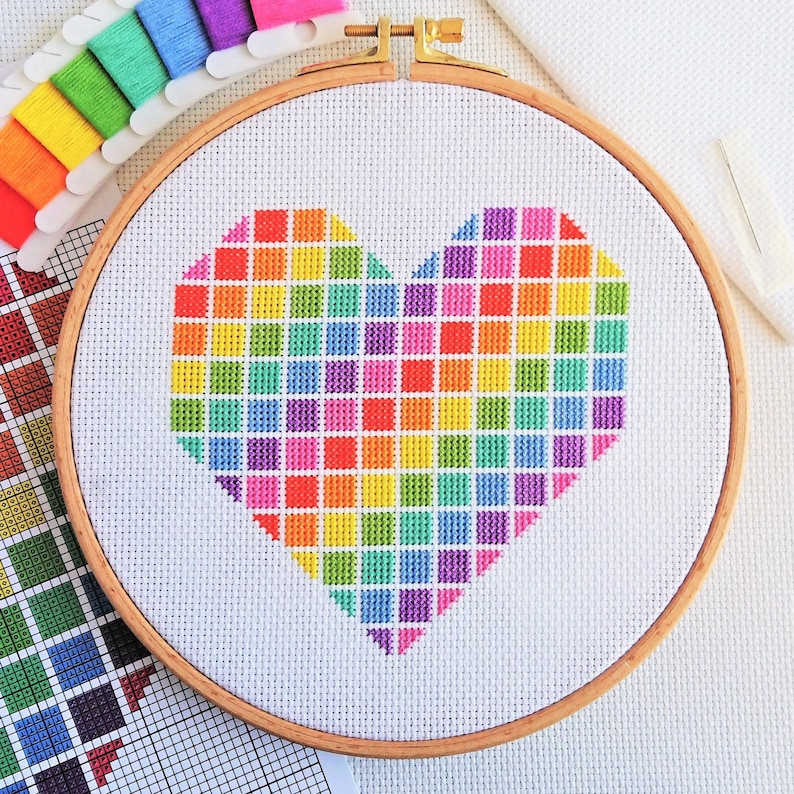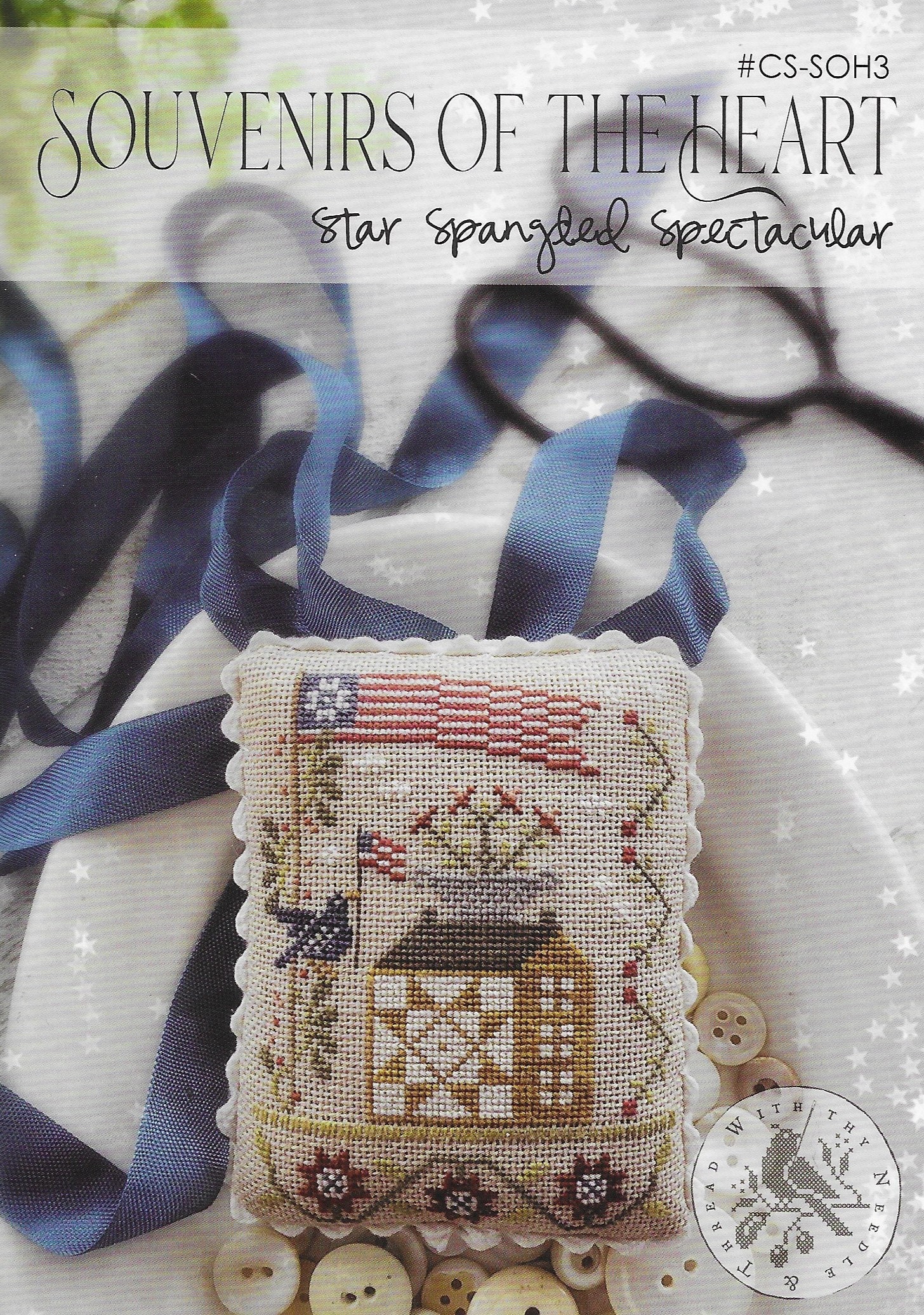

- #CROSS STITCH DESIGNER STITCHES HOW TO#
- #CROSS STITCH DESIGNER STITCHES SERIES#
- #CROSS STITCH DESIGNER STITCHES FREE#
Making cross stitches is so easy that you will master this craft in record time. On the backside of the material, pass the thread under at least 3 finished stitches to secure the thread. Or until you run out of stitches in the pattern. Make individual stitches and continue stitching until you get to the end of your thread.
#CROSS STITCH DESIGNER STITCHES SERIES#
Then, make a series of half cross stitches in the opposite direction. Keep on stitching along the line to create a series of half cross stitches. Make sure that the tail is trapped by the stitch. Flip the material over to the back before you pull this stitch tight. Make sure to keep the tail at the back of the material.īegin your other half cross stitch by bringing your needle back up via the hole that is right below the one you last utilized. The next step is passing the needle via a hole diagonally across from where you began to make a slanted half cross stitch. The tail will be covered with your stitches as you work to secure it. Bring the needle up through a hole toward the front, leaving about an inch of floss at the back. Please, check your cross stitch guideline to determine where you want to start stitching.īegin from the backside of your material. This craft is usually completed in lines going from left to right. It’s a general rule that you should avoid utilizing knots when cross-stitching because they may leave lumps in the completed piece. Utilizing knots isn’t recommended in cross-stitch. You will stitch over the end as you work to secure it without a knot. Thread the needle the same way you would thread a needle for hand sewing but without the knot in the tail end.
#CROSS STITCH DESIGNER STITCHES HOW TO#
If not, please check this step-by-step guide on how to choose a needle for cross stitch. If you’re making a knit, utilize the needle that arrived with it. However, the size of your needle is up to the fabric that you’re using. Step 6: Thread Your NeedleĬross stitch is usually done utilizing a round-end tapestry needle. Otherwise, you may cause the thread to knot.

Slowly and gently pull the strand up and out until it’s completely separated. To pull out a strand, keep the floss with one hand and pinch the end of one strand with the other. According to the fabric you’re utilizing, you will usually stitch with a single or two strands at a time. Most embroidery thread is created of 6 strands twisted together. If you go over this length, your thread will probably get knotted when you work. Select the colour of thread you’re beginning with and slice a length about 18 inches long. Otherwise, it will distort the weave of the material. Pull the material taut as you tighten the screw. Push it down so the material is sandwiched between the hoops. Make sure that the middle of the material is in the middle of your hoop. Put the round without the screw flat on a work surface or table. To utilize one, first, loosen the screw and separate the two rounds. Beginners may find it simpler to place their material in an embroidery hoop. Whether you utilize one or not it’s up to you. There are many styles of embroidery frames and hoops available. You can put a pin in the middle or create a small stitch to additionally mark the middle point. Pinch and crease the middle point to mark it. To locate the middle of your fabric, fold it in half one way. If you’re not into stitching edges, you can also keep them together with masking tape. To reduce fraying, stitch the edges with a serger or a zig-zag stitch. They’re both woven fabrics with a tendency to fry when sliced.īefore you begin stitching, it’s recommended to bind the corners, especially if you’re completing a big project that will need a lot of handling. Step 2: Prep Your FabricĬross stitch can be made on different fabrics the most commonly used are linen and Aida. It can be simpler to start with a larger block of colour instead of part of the pattern that switches colour often.

View your cross stitch chart and look for a spot close to the middle, to begin with. Small points at the corners of a cross-stitch chart indicate the middle points. This way, you can be sure that your design is placed in the centre of the material. When you start a new project, it’s smart to begin stitching in the centre of the design. Use the chart to map the characters to the floss colours. The grid on this chart corresponds to the grid made by the weave of the material and each coloured square on your char is a cross-stitch.Ī mixture of symbols and colours in the squares tell you which floss colour to utilize. Step 1: Read Your Cross Stitch ChartĪ cross stitch chart informs you of everything you need to know about where to start and what colour to use. This step-by-step guide is the only guide you need to master cross stitch for beginners. Now that you’re familiar with a few basic stitches, let’s move to the more serious stuff.
#CROSS STITCH DESIGNER STITCHES FREE#
Cross Stitch for Beginners Free Patterns.Step 3: Locate the Middle of Your Fabric.


 0 kommentar(er)
0 kommentar(er)
